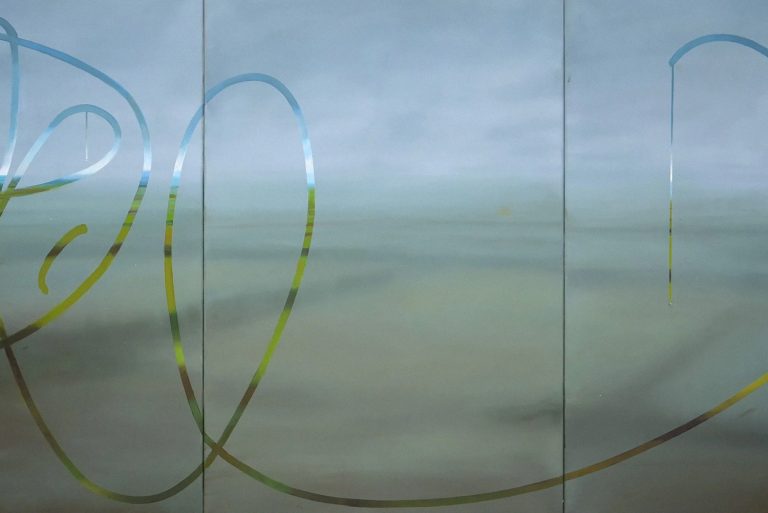
Jochen Mühlenbrink
Jochen Mühlenbrink, a German artist, manipulates our sense of reality through his masterful paintings. Utilizing trompe-l’oeil techniques, he weaves illusions
The German post-digital artist Michael Weißköppel links digital processes and incorporates them into his highly charged works. The rapid spray-painted marks and erasures, common to his work, smash up against formal landscapes, which from a distance feel photographic. And in addition, his manner of painting the landscapes hints at abstraction and the urgency of 21st-century culture.
As a painter, Michael Weißköppel employs a somewhat cautious, or, in other words, even skeptical gaze. Deliberately avoiding the historical traditions of figurative richness, he prefers working with the flat application of pastel acrylics. More than that, even though perspective lines in his works suggest a kind of orientation, they yet lead nowhere. Similarly, blank spaces that Weißköppel is fascinated by, do not intend to indicate anything specific but rather question the act of painting pictures. Because of that sometimes it seems as if the underlying message in many of his recent works can be read as ‘what takes shape can easily disappear again.’
By erasing, overpainting, and over-spraying parts of his works, Michael Weißköppel applies gestures that undermine the idea of a finished work of art. This way he conveys messages which outlive their time. And despite often appearing cool and unexcited, his interventions in the painting’s materials and unusual experiments with presentation are radical. In fact, he addresses the question of how to approach the production of pictures with contemporary means.
Weißköppel clearly demonstrates the functioning of painting and highlights the fact that his paintings are carefully produced. The images that he creates, frame reality and keep trying to cross the inevitable boundaries of the canvas. Meanwhile, the viewers become something like sparring partners who deliberately face up to the disruptions caused by the artist.
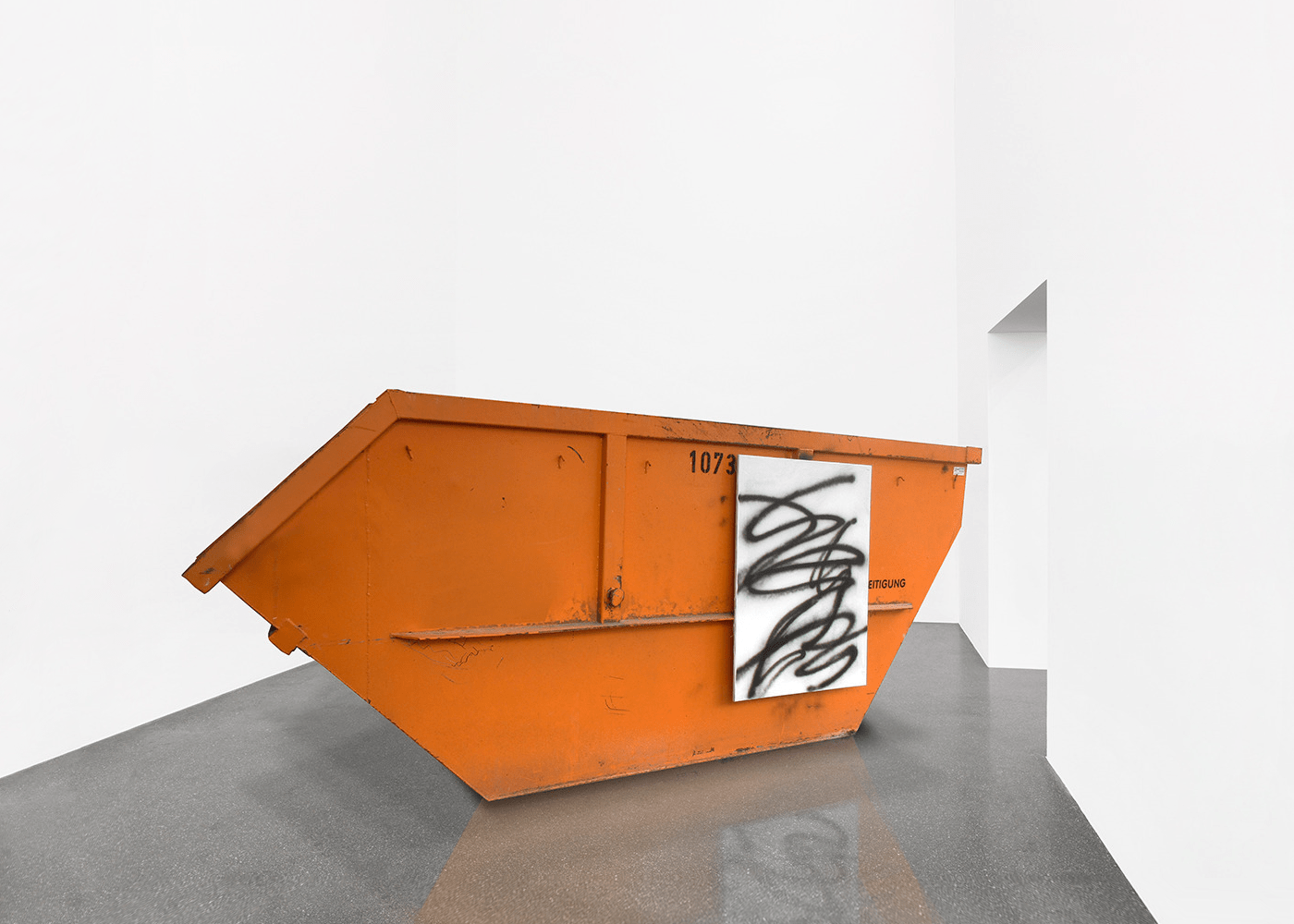






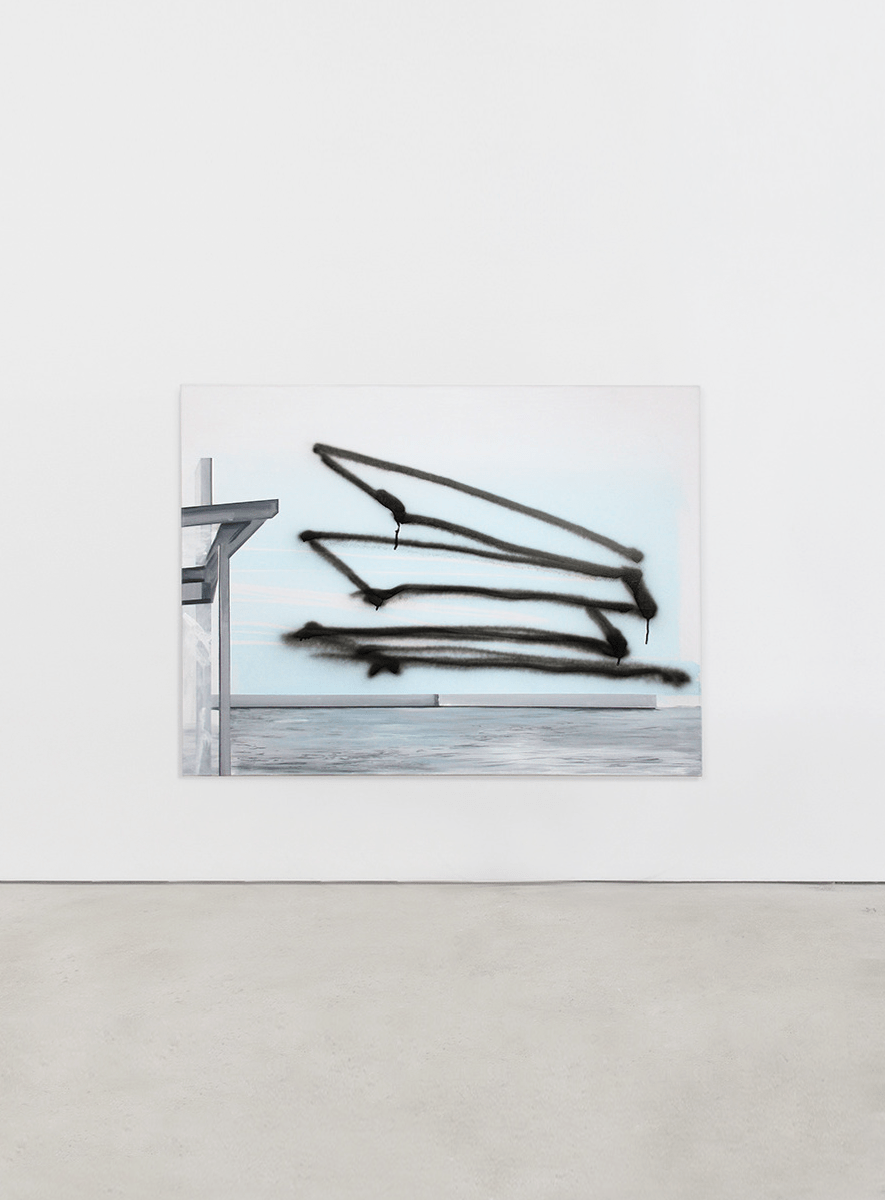
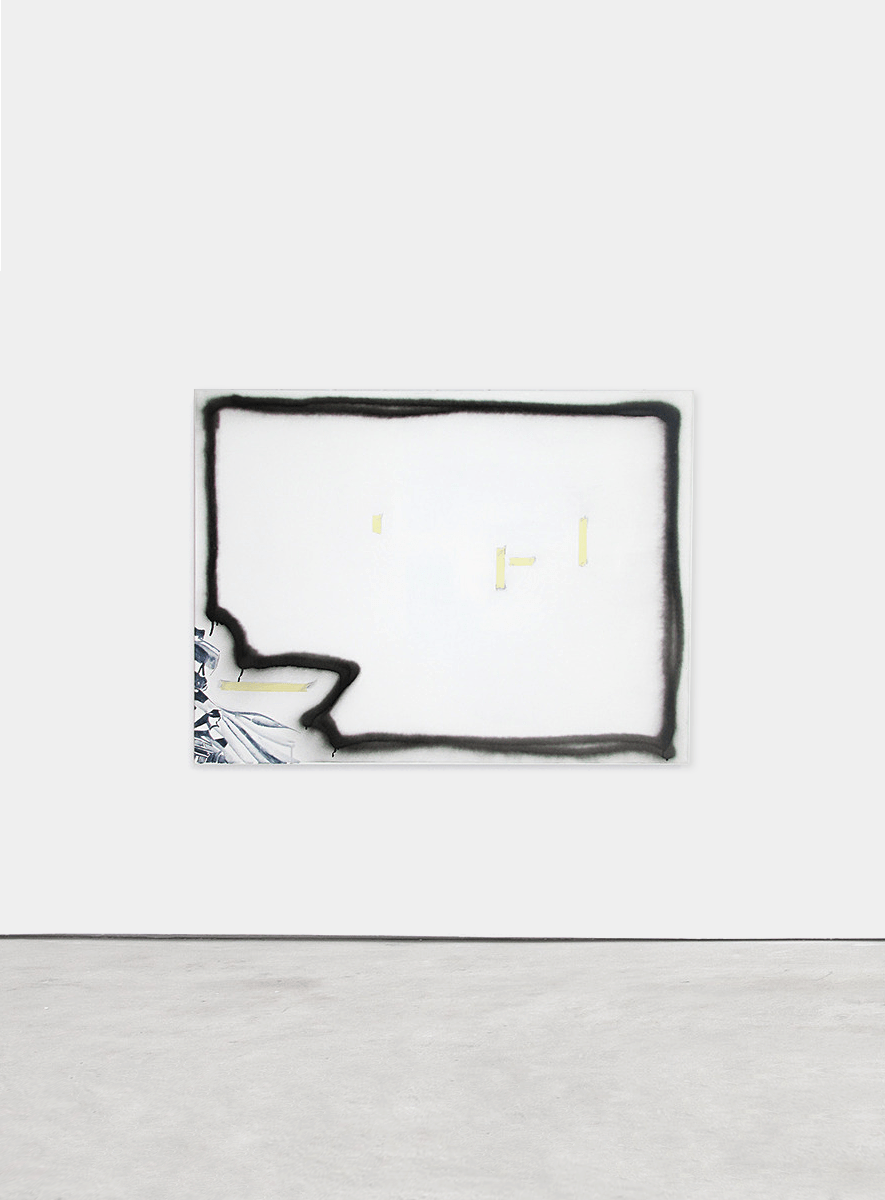
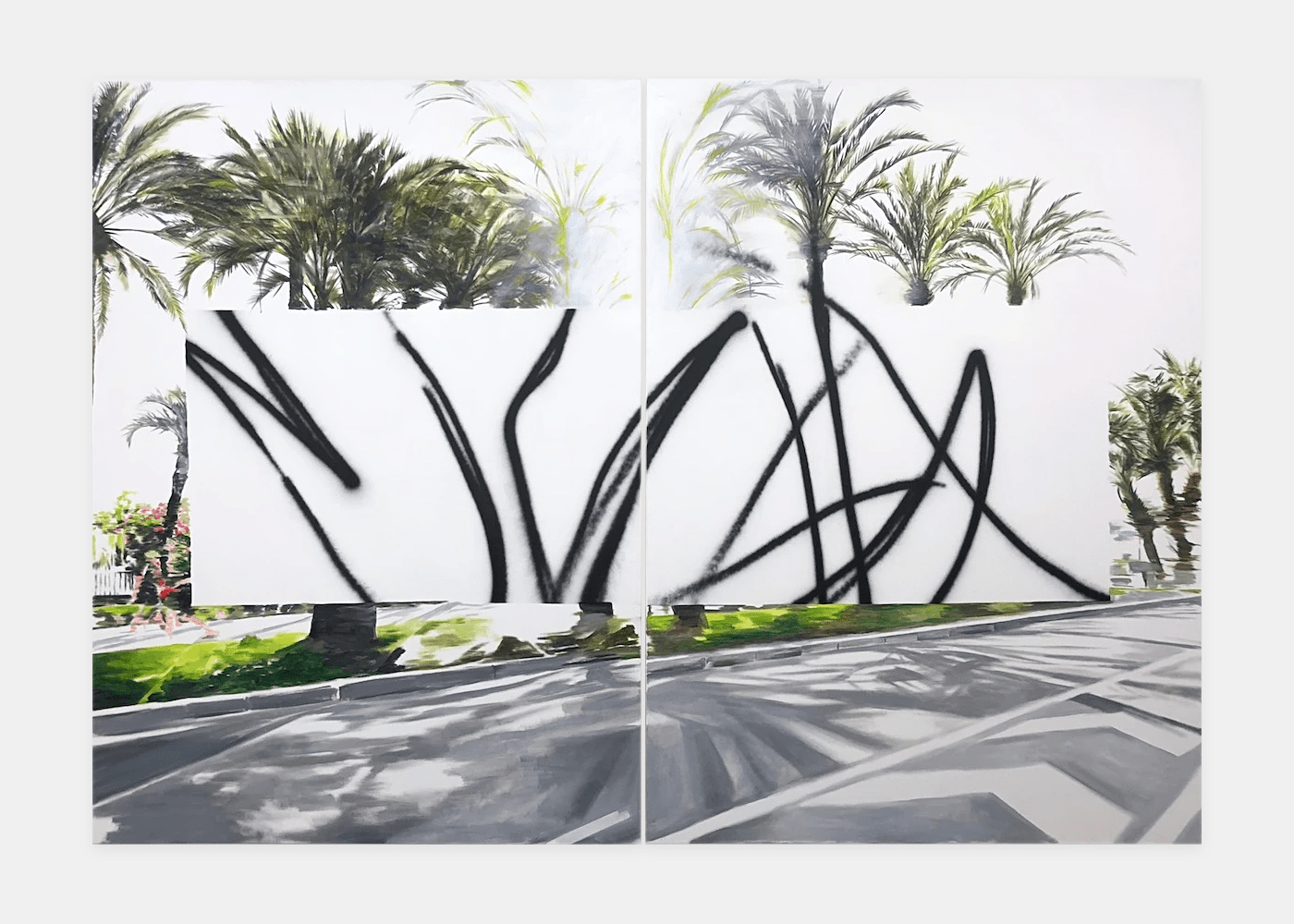
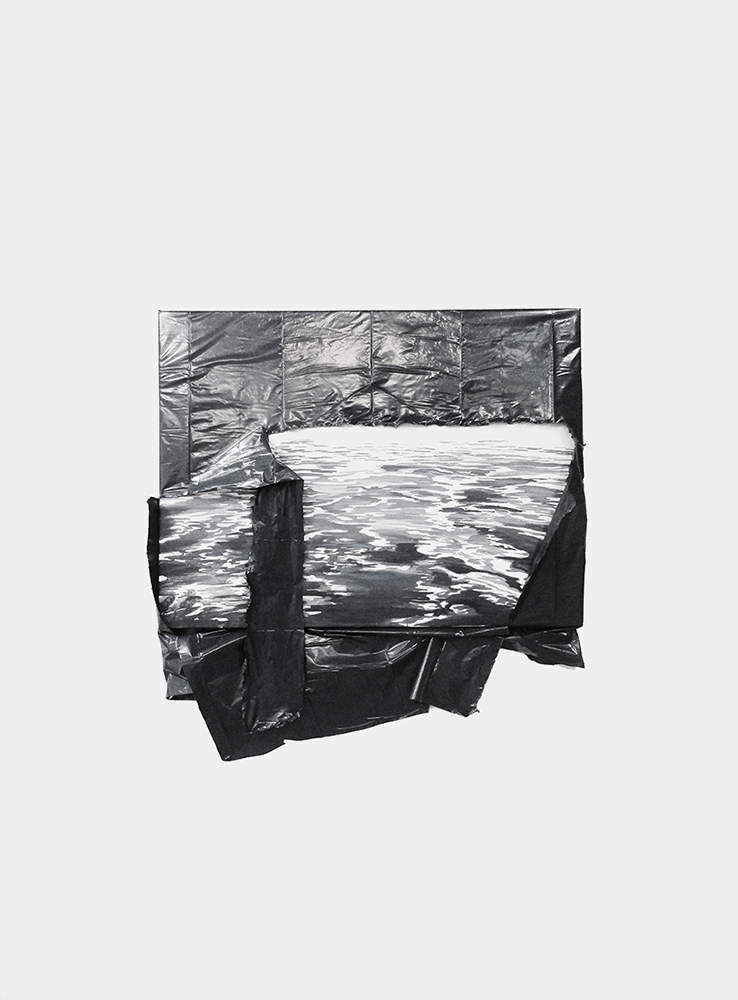
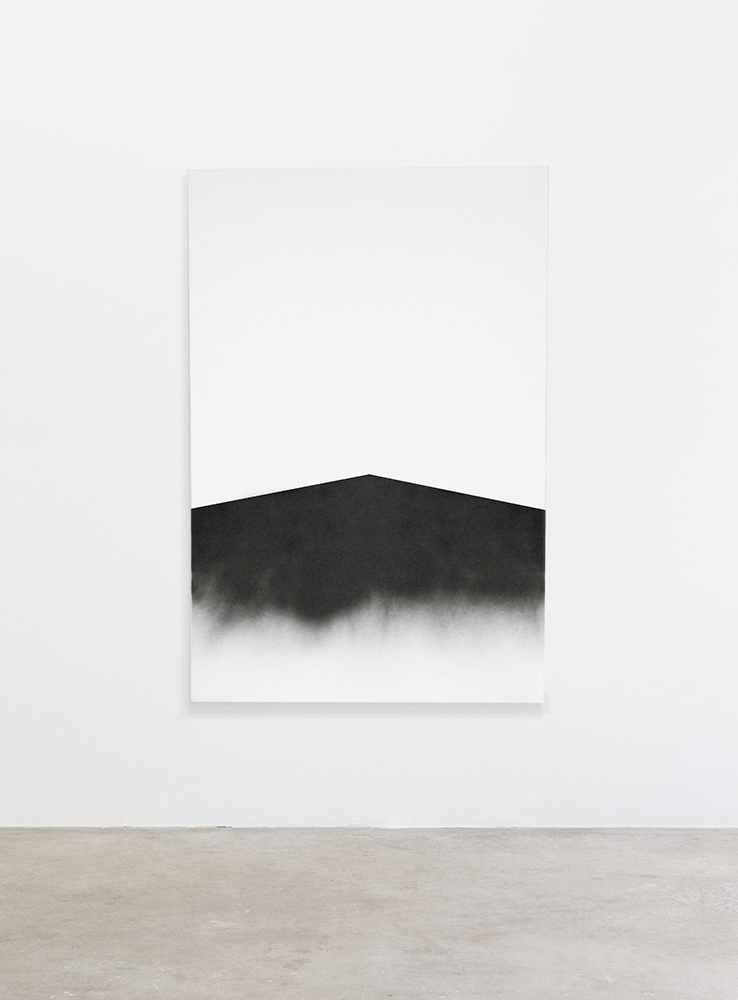

Jochen Mühlenbrink, a German artist, manipulates our sense of reality through his masterful paintings. Utilizing trompe-l’oeil techniques, he weaves illusions
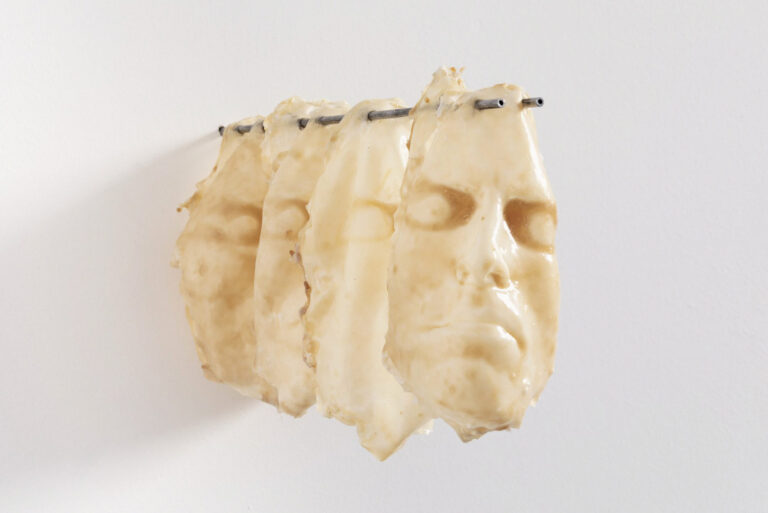
Amidst the quaint charm of Brescia, Italy, Leonardo Anker Vandal unfolds a world veiled in the whispers of yesteryears and
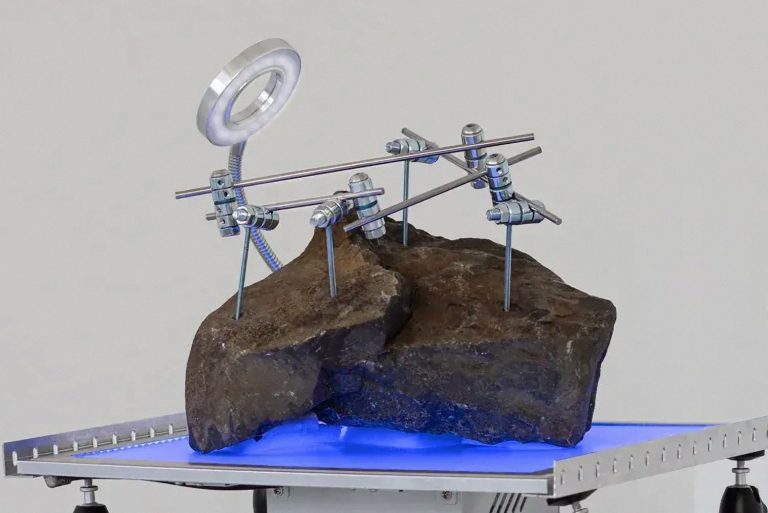
Jakub Kubica, a multidisciplinary artist originally from Žilina, Slovakia, now works and lives in Berlin. Specializing in sculpture, visual and
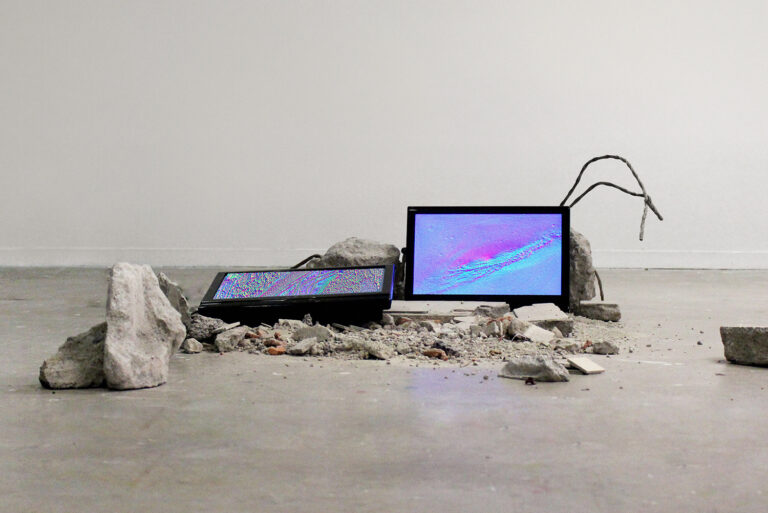
Manon Pretto operates amidst the lively streets of Paris and against the historic backdrop of Clermont Ferrand. Her thought-provoking works
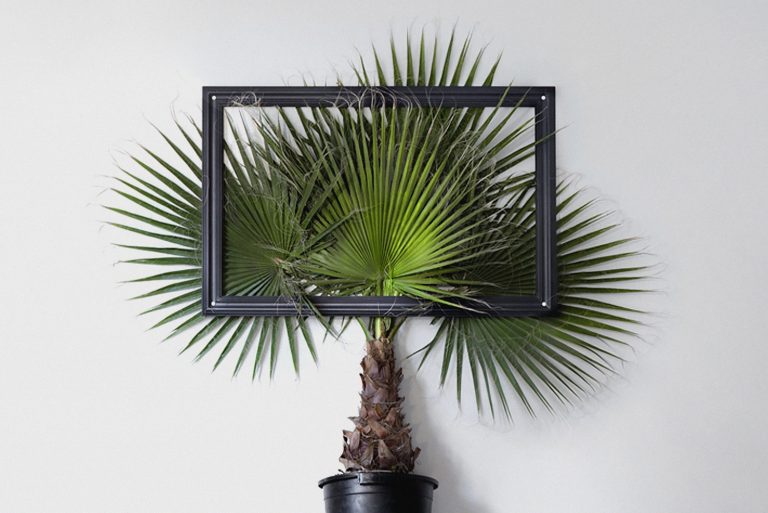
German contemporary artist Annegret Kellner currently makes her home in Amsterdam. She bases her artistic practice on the subtle representation
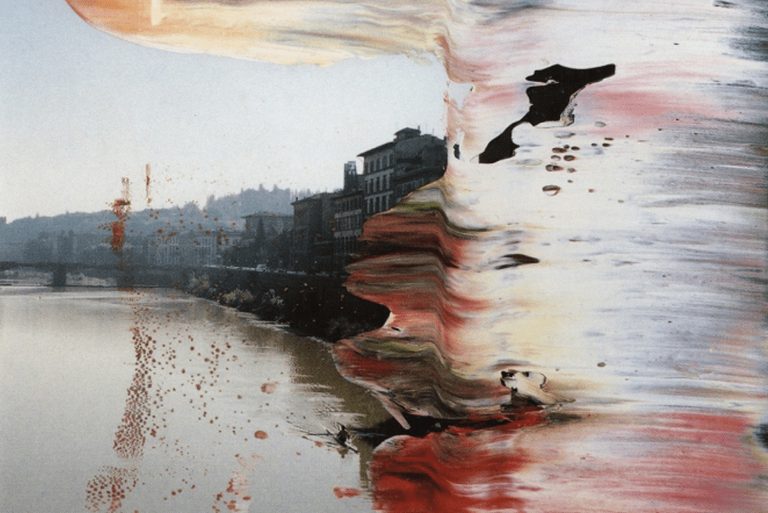
Gerhard Richter is one of the most important and influential living artists of the post-war era. For decades he searched
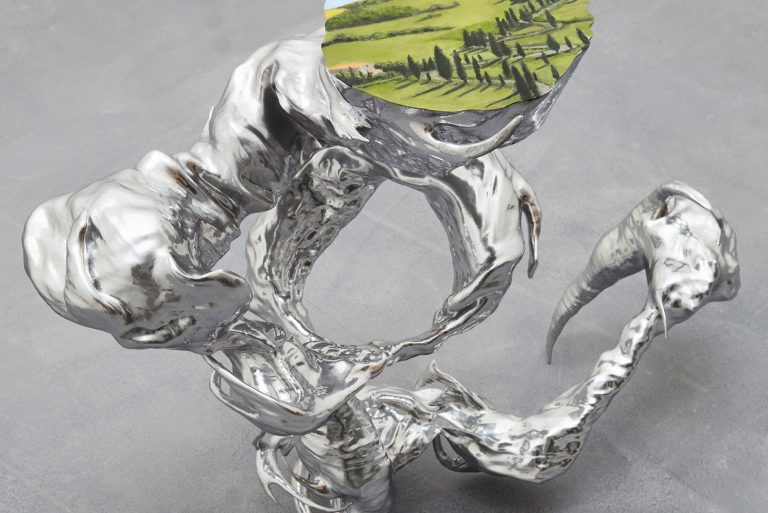
British artist Richard Dean Hughes specializes in blurring the lines between the tangible and the imagined. He takes inspiration from
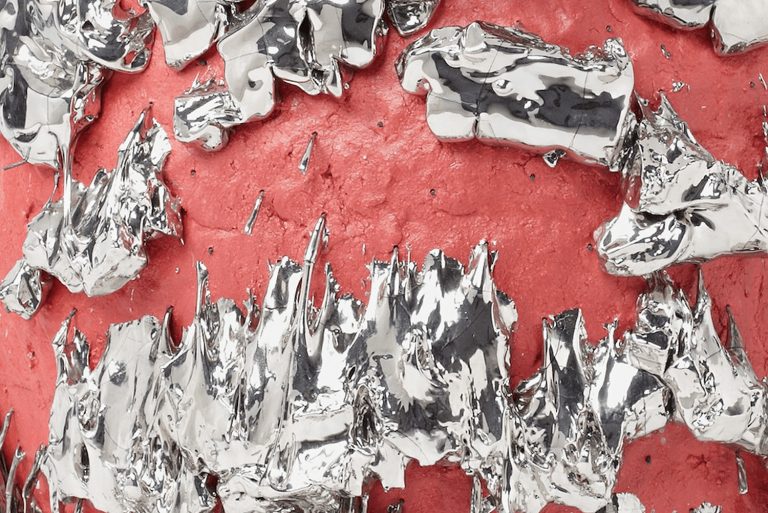
The contemporary artist Takuro Kuwata was born in Hiroshima, Japan. He graduated from Kyoto Saga Art College, Department of Fine
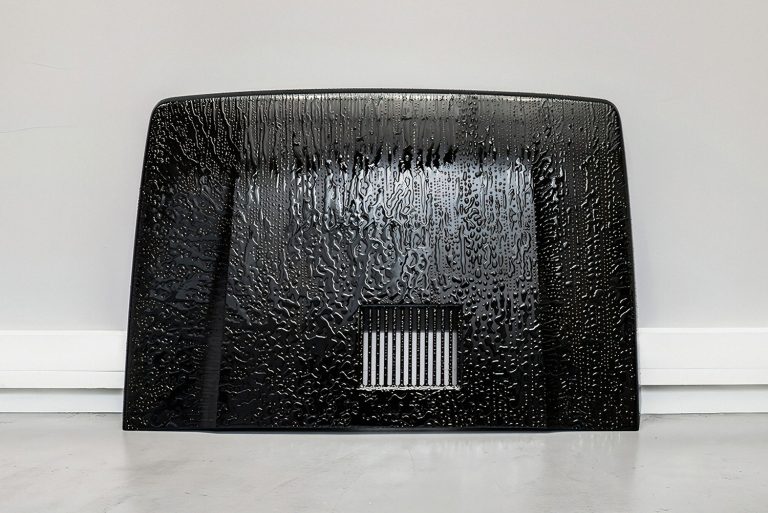
The work of French artist Jonathan Bréchignac aims to illuminate the meeting points between nature, science, and visual arts. As
Independent Art & Design Gallery 0→1 © 2024
Stay in the loop with 0→1. Join our email list for the latest news, artist highlights, and first dibs on our exclusive collections. Dive into the art world with us — curated, simplified, and personal.
(We respect your inbox. Our updates are curated for value, and you can unsubscribe anytime. No spam, just art.)
We use cookies to improve your browsing experience; details in our Privacy Policy →